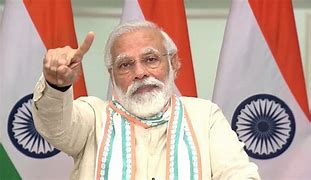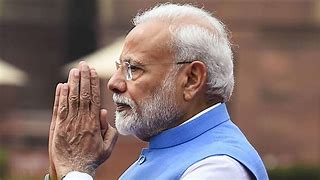World
India’s new envoy Arun Singh presents credentials to Obama

Washington: India’s new ambassador to the US, Arun Kumar Singh formally presented his credentials to President Barrack Obama at a ceremony in his Oval Office at the White House.
Obama warmly welcomed Singh back to Washington and wished him success in his new responsibilities as India’s envoy to the US.
He fondly recalled his visit to India in January and personal friendship with Prime Minister Narendra Modi.
Singh, in turn, conveyed warm greetings from President Pranab Mukherjee and Modi to him and First Lady Michelle Obama.
Singh said that he was committed to work towards making the India-US strategic partnership global in outlook, strategic in content and transformative for India’s development, as decided by the leaders of the two countries in the summits held in September 2014 and January 2015.
Singh was first of the seven new ambassadors to present his credentials at the traditional ceremony that marks the formal beginning of an ambassador’s service in Washington.
Singh, who takes the place of S. Jaishankar following the latter’s elevation as foreign secretary in January, had assumed his new assignment April 30 after presenting a copy of the credentials to the State Department
He served as India’s ambassador to France from April, 2013 to April, 2015. Before that Singh served as India’s ambassador to Israel from April 2005 to September, 2008 and then deputy chief of mission in Washington from Oct 2008 to April 2013.
He served in the Indian mission at Moscow again as counsellor/minister from 1997-2000.
During his assignment in Delhi from 2000-2005, he served in the capacity of joint secretary dealing first with the UN policy, and then Pakistan, Afghanistan and Iran divisions at the external affairs ministry.
Singh has also served at India’s Permanent Mission to the UN in New York from 1993-1997 as counsellor and handled multilateral social and economic negotiations.
Singh speaks Russian and Japanese and has some knowledge of French and Hebrew. He is married to Maina Chawla Singh. They have one daughter.
Singh joined the Indian Foreign Service in 1979 after completing his Masters degree in Economics from Delhi University and teaching at the university for two years.
World
Lockdowns in China Force Urban Communities to Defy Censorship and Vent Frustration Online

Shanghai’s rich middle class is leading a wave of online dissent over the strict and prolonged lockdowns imposed in various parts of the country. Chinese internet censorship is struggling as patience is wearing thin in many urban centers, coming up with creative forms of online protests.
Social Media Posts Revealing Lockdown Tension in Shanghai
Drawn-out lockdowns are nothing new in China as authorities insist with the nation’s zero-Covid policy since the start of the pandemic. Currently over This time around, however, metropolitan areas like Shanghai are increasingly difficult to keep quiet, given that its more than 25 million residents have seen weeks of total isolation along with food shortages and many other service interruptions.
Dozens of towns and reportedly over 300 million Chinese citizens have been affected by lockdowns of different severity. As expected, urban netizens have been most outspoken over their difficulties by finding creative ways to get around state censorship and bans placed on topics, news comments and spontaneous campaigns.
Shanghai residents have been using mobile proxies and hijacking seemingly unrelated hashtags to talk about healthcare issues, delivery failures and the overall severity of their situation. The “positive energy” that the Chinese government wants to transmit during the recent prolonged series of lockdowns does not come naturally to those counting food supplies and online censors are working hard to filter words, trending topics and undesired social media sharing.
WeChat groups and message threads are under constant monitoring. Posts questioning the zero-Covid approach have been quickly deleted, including by leading Chinese health experts like Dr. Zhong Nanshan. Video footage is soon censored and protests and investigations are quickly made to disappear.
Where this has not worked, officials have exposed banners with warnings and outright threats like “watch your own mouth or face punishment”, while drones have been patrolling the city skies. Yet, if anything, this has led to further tensions and unspoken confrontation with Shanghai’s educated and affluent middle class.
Creative Online Solutions Harnessing Civic Energy
Announcements by Chinese social media that they would be publishing the IP addresses of users who “spread rumors” have not helped either. Tech industry research has shown that much of Asia’s tech-savvy population has a habit of using mobile proxies and other privacy tools, quickly finding workarounds to browse the internet freely and talk to the world about the hottest topics.
The sheer volume of forbidden posts is already a challenge for the very censorship system, experts explain. Unable to track all trending hashtags, state workers overlook topics that speak about the US, Ukraine or other popular news. Linking human rights elsewhere to their situation, Chinese online dissidents establish their informal channels and “hijack” the conversation to share personal or publicly relevant information about the Covid suppression in their town.
Sarcastic and satirical posts still dominate. Others hope to evade the censors by replacing words from famous poems or the national anthem. One thing is certain – social media, when harnessed with the right creativity, has proven its ability to mount pressure on the government in even some of the most strictly controlled tech environments like China.























